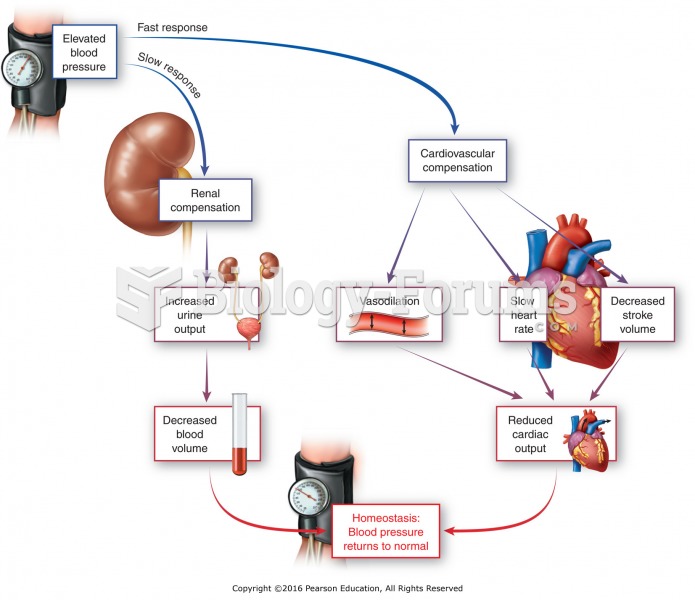Answer to Question 1
ANS: D, E
After the rescue of survivors has been accomplished, the Department of Health and Human Services (HHS), the CDCwhich is responsible to the HHSsteps in to ensure that clean drinking water, food, shelter, and medical care are available for those affected. Preparedness includes vigilance and reporting of suspicious illnesses (e.g., signs and symptoms of biological agents, food-borne diseases, and communicable diseases) in the community by physicians and nurses in local health care facilities or private offices and clinics. Public health officials then have the responsibility of detecting outbreaks, determining the cause of illness, identifying the risk factors for the population, implementing interventions to control the outbreak, and informing the public of the health risks and preventive measures that need to be taken. Many of the other choices are actually services offered by the American Red Cross.
Answer to Question 2
ANS: A, D, E, F
Height, weight, vision, and hearing screenings are provided at most schools. Scoliosis or postural screening should be done to identify spinal deviations and intervene early to prevent related secondary problems. The detection of high blood pressure during childhood is important in identifying children who have hypertension and who will benefit from early intervention and follow-up. Screenings in schools must be relatively fast, easy, and noninvasive. Blood work is invasive and cannot be done without parental consent. It is also expensive because test strips must be purchased. Due to the equipment needed, it is not typical that chest x-rays or cholesterol and blood glucose screenings are administered in the school setting.







